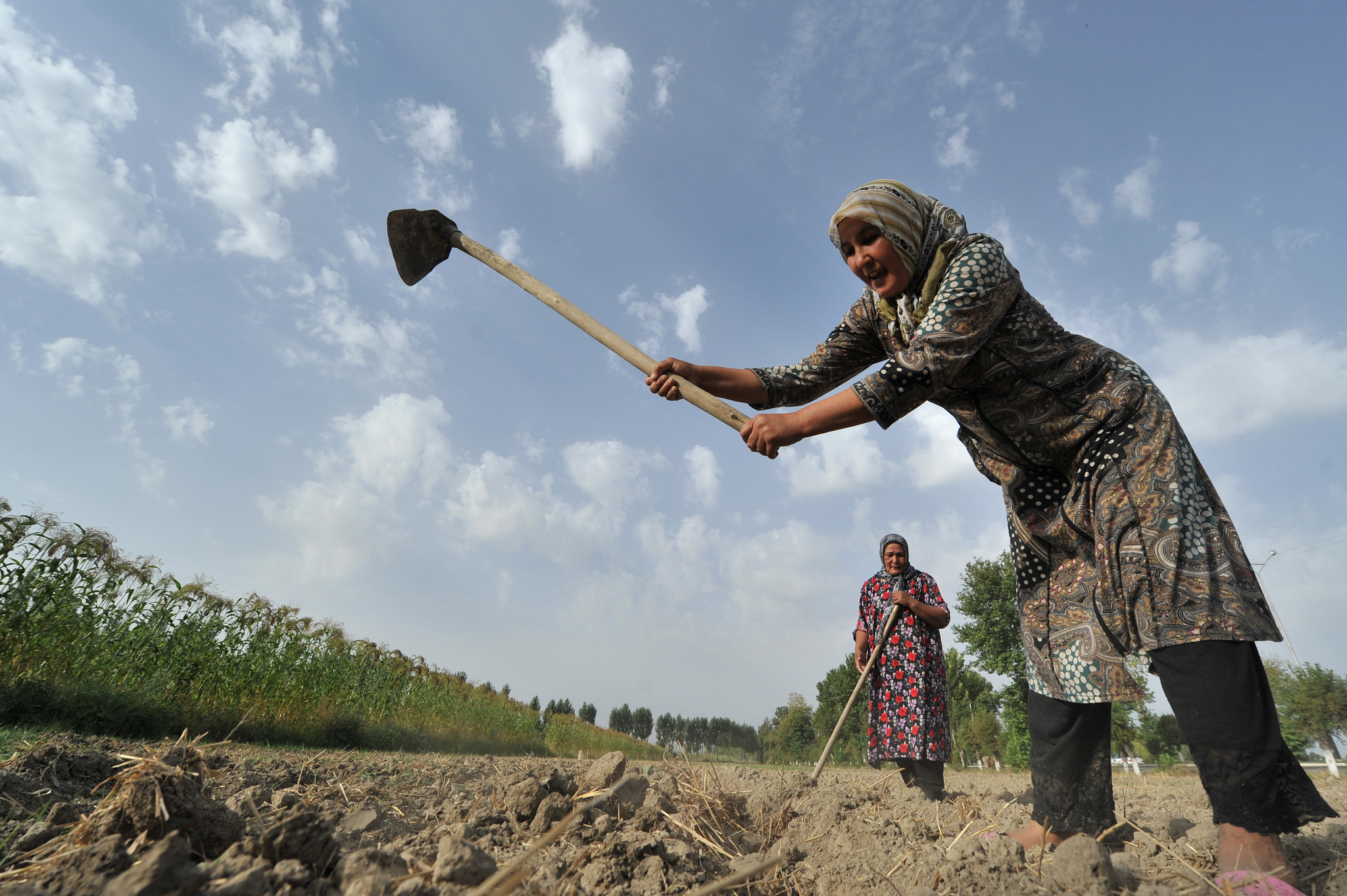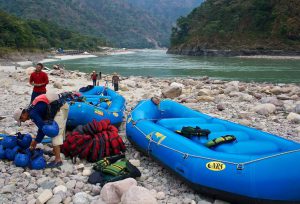Water has been a major cause of tension for Central Asian countries since the collapse of the Soviet Union. The planting of vast cotton fields and river diversions during the Soviet era shrank the Aral Sea and exacerbated water scarcity in the Amu and Syr Darya – the main rivers of the region. Growing demand for water in Kazakhstan, Kyrgyzstan, Tajikistan and Uzbekistan has led to further competition.
In the Syr Darya, tensions have been exacerbated by the desire of Tajikistan and Kyrgyzstan to build hydropower dams upstream. These proposals have provoked strong responses from downstream countries who need water for irrigation. “We cannot remain silent,” declared Islam Karimov, Uzbekistan’s combative president. “I won’t name specific countries, but all of this could deteriorate to the point where not just serious confrontation, but even wars could be the result,” Karimov told reporters in the Kazakh capital Astana back in 2012.
Alarming rhetoric over water is ubiquitous. In the late 1990s, an Uzbek report suggested the country was willing to use military intervention to seize control of the Toktogul reservoir in Kyrgyzstan. In 2002 an Uzbek official claimed that if upstream flows were reduced, Uzbekistan, Tajikistan and Kazakhstan would use all necessary means to defend their interests. In 2013, Kyrgyz authorities halted the release of water to Uzbekistan because of low water levels in the reservoir, resulting in water shortages for cotton farmers downstream.
Local level cooperation rules
In reality, though, behind the current vocal protests lies a history of cooperation at local level. In a new paper, “Tributary-level transboundary water law in the Syr Darya”, researchers from the International Water Management Institute (IWMI) provide evidence of sub-basin scale cooperation in the Syr Darya. The basin contains some 22 small transboundary tributaries located in the Ferghana Valley, an area shared by Kyrgyzstan, Tajikistan, and Uzbekistan (Figure 1). These tributaries support irrigation and local livelihoods and, despite their size, play a significant role in Central Asia’s economic development.

IWMI research identified over a hundred water treaties that apply to the river’s tributaries. These treaties, which span both Soviet and post-Soviet eras, demonstrate that active water cooperation exists on a small scale despite wider tensions. In fact, cooperation on the tributaries peaked at the turn of the century, when international relations were tense.
Cooperation has improved water management and livelihoods at a local level. For example, along the Machai canal, where clashes between Tajik and Kyrgyz communities, fuelled by competition over access to natural resources (water, forests and pastures), have occurred since the 1980s. In 2009 the director general of the water resources of Kyrgyzstan and water minister of Tajikistan signed a treaty on the joint management of a water-works facility on the canal. The treaty set down rules for joint management, which reduced tensions between local communities and ensured sufficient water for agricultural needs. In 2001 officials from Kazakhstan, Tajikistan, Uzbekistan and a member of the Syr Darya Basin Water Organization signed a treaty establishing clear rules for operating the Kayrakum reservoir. This resolved a crisis triggered by drought.
Wider lessons
These example show that the people of Central Asia have found multiple ways to cooperate on shared water resources. They also provide lessons for the international community trying to facilitate water cooperation in the region and beyond. Efforts to build cooperation at the basin wide level are technically sound, yet often result in stalemates and inertia. International donors and lending institutions such as the World Bank might consider alternate scales of engagement.
Another message is that transboundary water cooperation is not only a vehicle for resolving conflicts, it also contributes to sustainable development. Examples from Syr Darya tributaries provide evidence that the joint management of shared waters for practical activities can lead to tangible benefits for local people.
A final message is to look beyond the headlines. This new analysis shows that cooperation at the local, tributary-level flourished during a time of palpable tension between countries. By focusing on practical evidence rather than sensational notions of “water wars”, we can identify effective ways to respond to water management challenges and foster meaningful cooperation.





